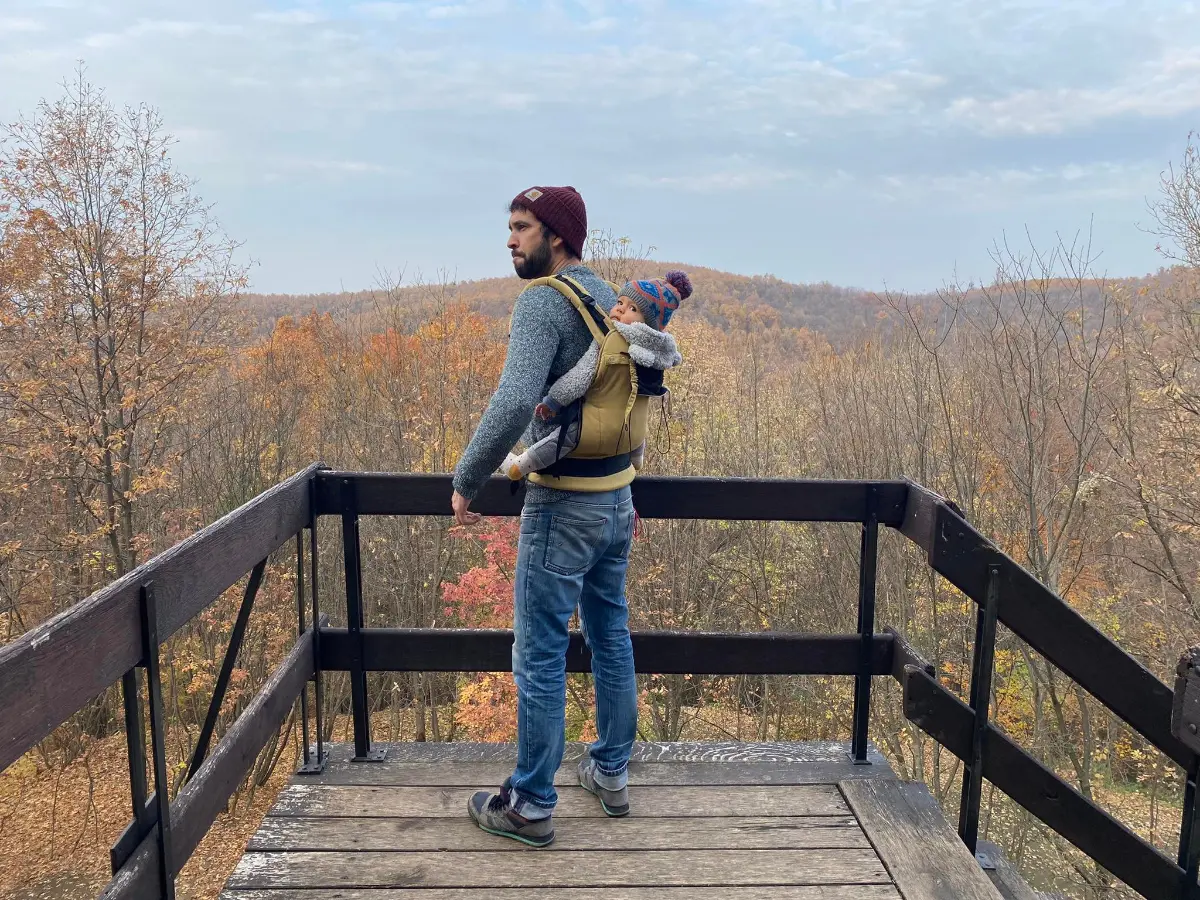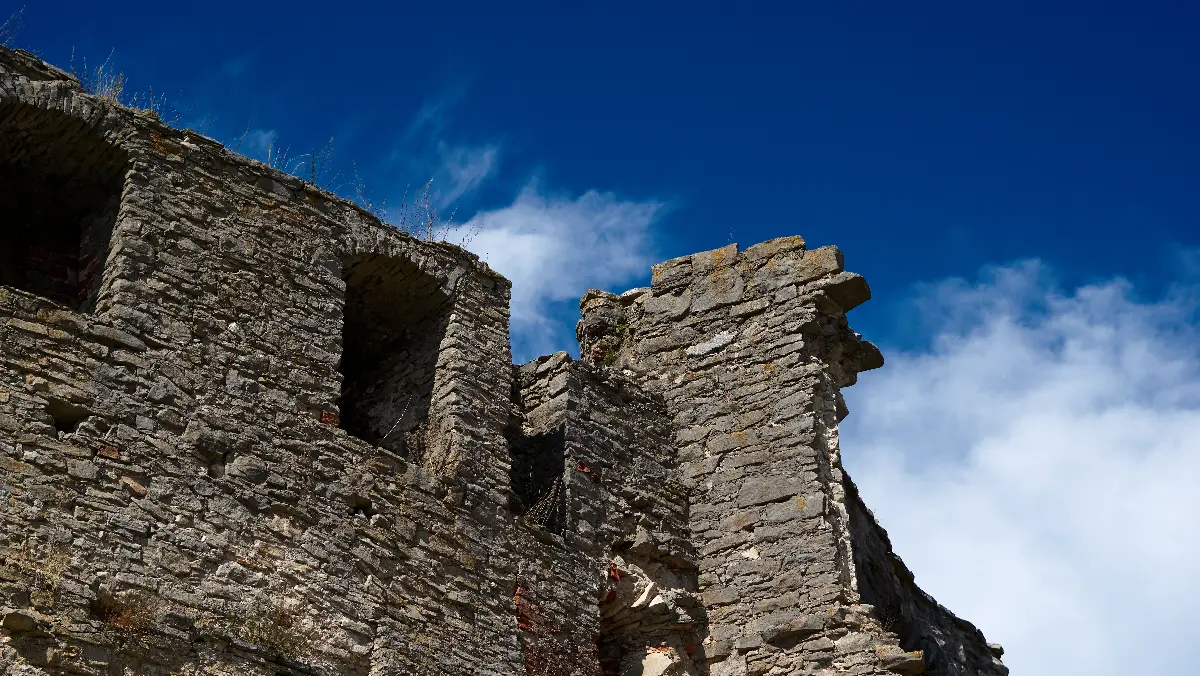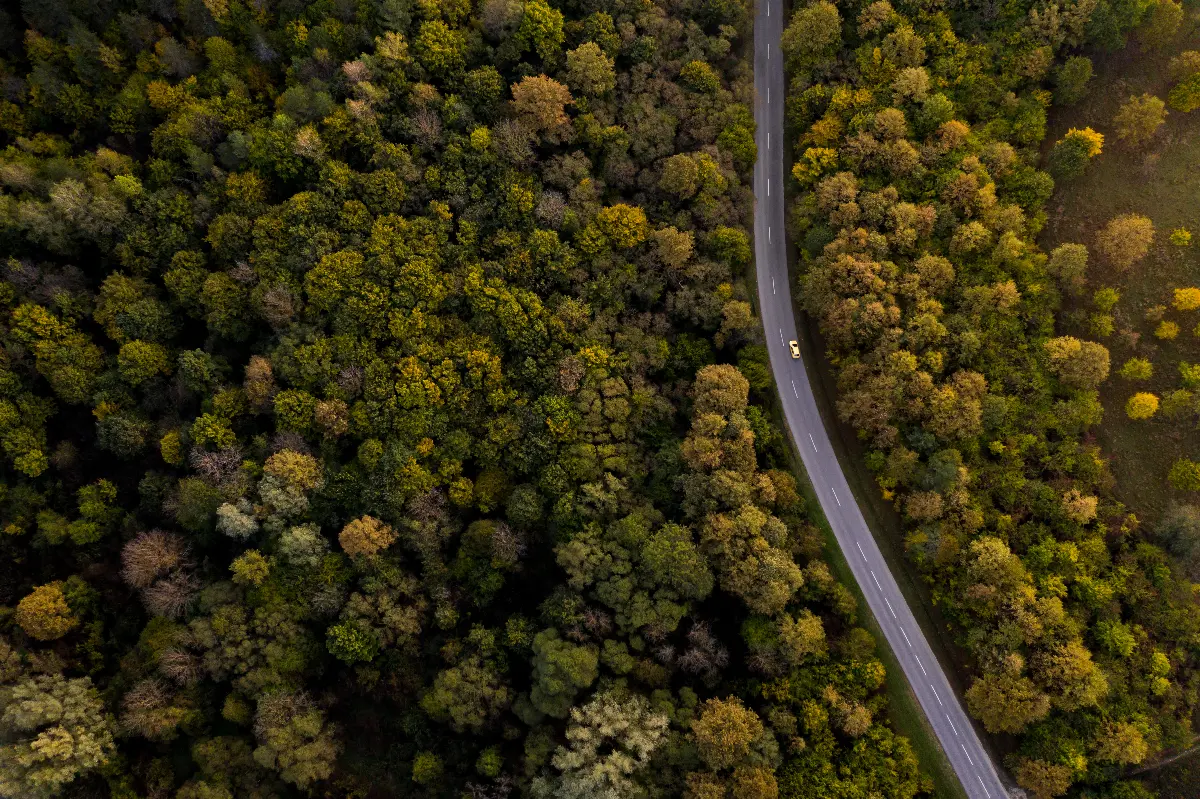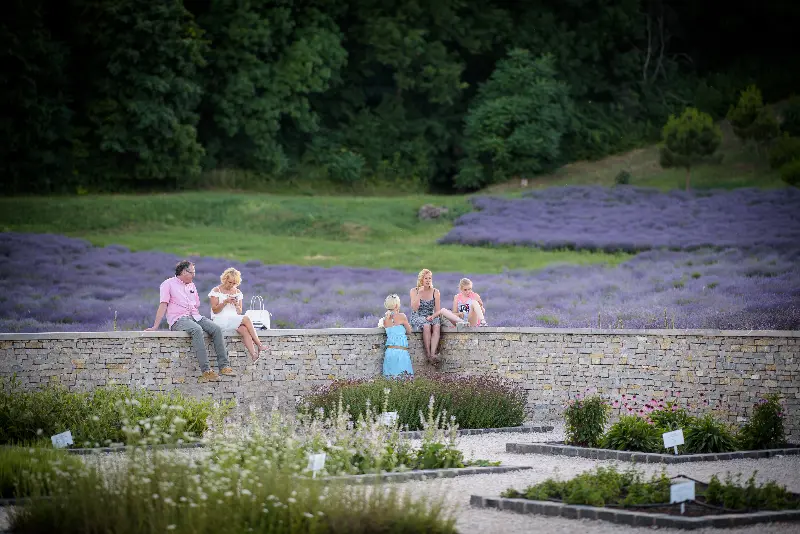
Helyszín címkék:
3 hidden castle ruins in Baranya, with eerie legends
Szabó Sára
The story of the cursed girl who can only be released every 77 years
Close to Magyaregregy, in the wild and unspoilt Mecsek mountains, stands the Castle of Máré. The strategic importance of the steep, wooded hilltop was recognised by the Romans, but a castle was built on the roof in the 1300s. Ownership changed hands until the building fell into Turkish hands. Written records from the 17th century already refer to the castle as a ruin. The belief was that Valiant Máré lived here with his beautiful wife. The husband was called to war by the king, and Máré's brother, Count Nicholas, became a more common visitor of the lonely wife. Years later, the wife gave birth to a baby girl. When Máré returned home, he locked the cheating woman in the cellar and cursed the girl. The belief is that the girl hidden deep in the mountain can only be freed from her curse every 77 years by a hunter who kisses a bear, a snake, and a toad one after another. How can we go there? The starting point of our seven-kilometre easy hike is Zobákpuszta, from here we head north on the Rockenbauer Pál South Transdanubian Blue Trail. In the Hidasi-valley, a stream follows you to Csurgó, which is one of the most beautiful geological spectacles of the Mecsek. Karst water flows continuously from the moss pillows of the 5-6 m high travertine formation. Continue on the yellow cross and after three kilometres take the red lane to the Castle of Maré. After visiting the castle, continue on the red lane along the Textiles spring to Magyaregregy. If you can, take a dip in the village's magical beach surrounded by trees at the forest edge.

Terra Brittannorum, where the patron saint of Scots was born
The date of origin of the Réka Castle, built on a hilltop between the Óbánya Valley and the Réka Valley, is still a matter of conjecture. But what is certain is that the castle was robust: the remains are 200 metres long and 36 metres wide. According to legend, the castle was the estate of two English princes who fled. One of them was Edward, who married a daughter of St Stephen named Agatha. Their daughter, Margaret (who was born in the castle) became Queen and patron saint of Scotland. To visit the castle ruins, we suggest an 8-kilometre circular trip. We can park our car in the centre of Óbánya. Head east on the Blue Trail and after 3 kilometres take the green-marked St Margaret of Scotland Road. We reach the Réka Castle soon. Continue on the green lane, then after 3.4 km, when you reach the hut on Ötös-út, turn north on the green cross sign. The stream follows us to Óbánya.
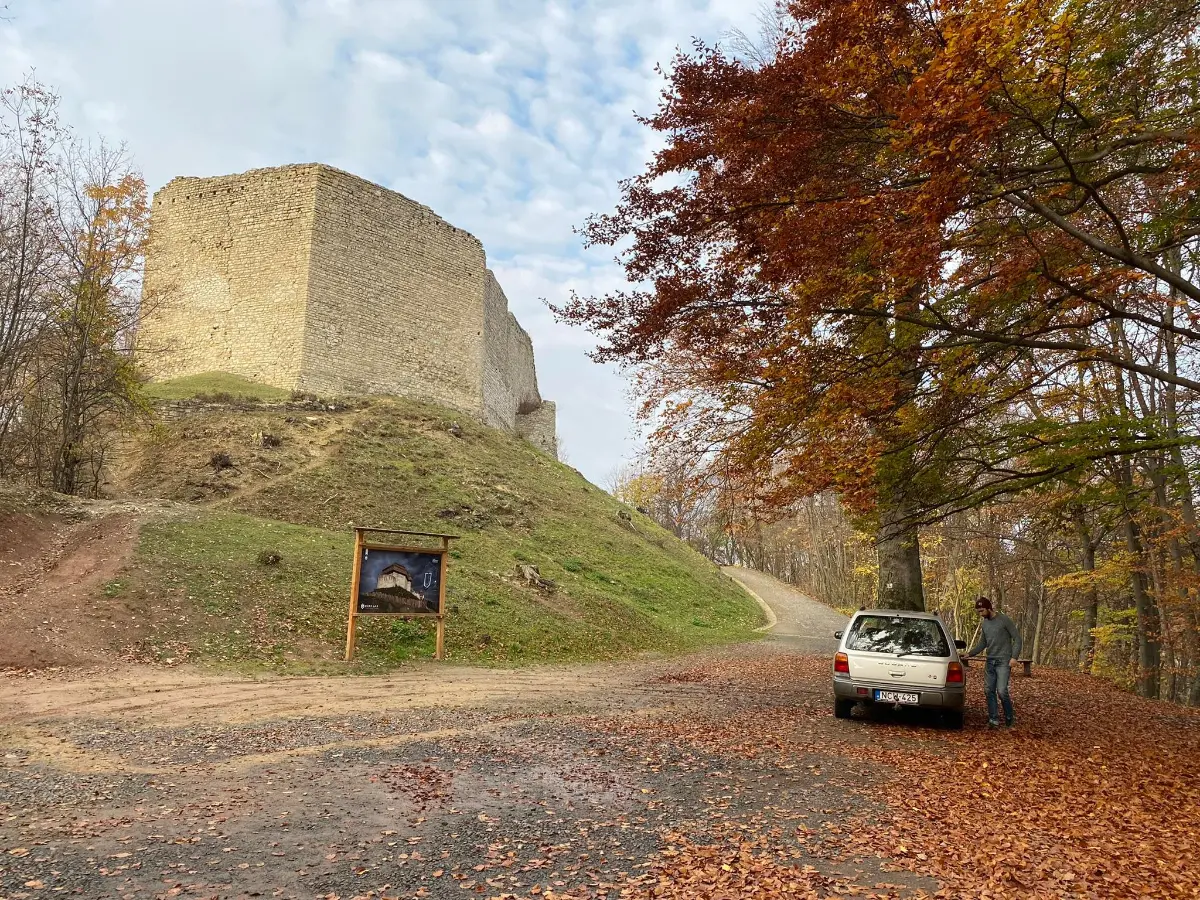
The tragedy of a reformed robber baron is preserved in Kantavár
The ruins of Kantavár are located north of Pécs, on a steep hilltop that is unclimbable on three sides. There are no written records of its age, but it was probably built after the Mongol invasion. There is also a legend about the ruins: according to the story, a robber baron named Kanta used to live here and fell in love with a beautiful girl during his plundering. But the beauty's lover, trapped among the treasures, quickly came to her rescue. Kanta got wind of the escape and had the girl's lover killed. The locket around the boy's neck woke the knight to the fact that he had had his long-lost brother killed. The girl soon followed him to his death. Kanta mended his ways, distributed his fortune, and cared for the tomb of the lovers buried at the foot of the castle for the rest of his life. Whether you take on the Mecsek by bike or on foot, start your 4.6-kilometre hike from Dömörkapu. The red lane takes you as far as Kantavár, from where you can return to your starting point along with the red cross in the Lámpás Valley.
